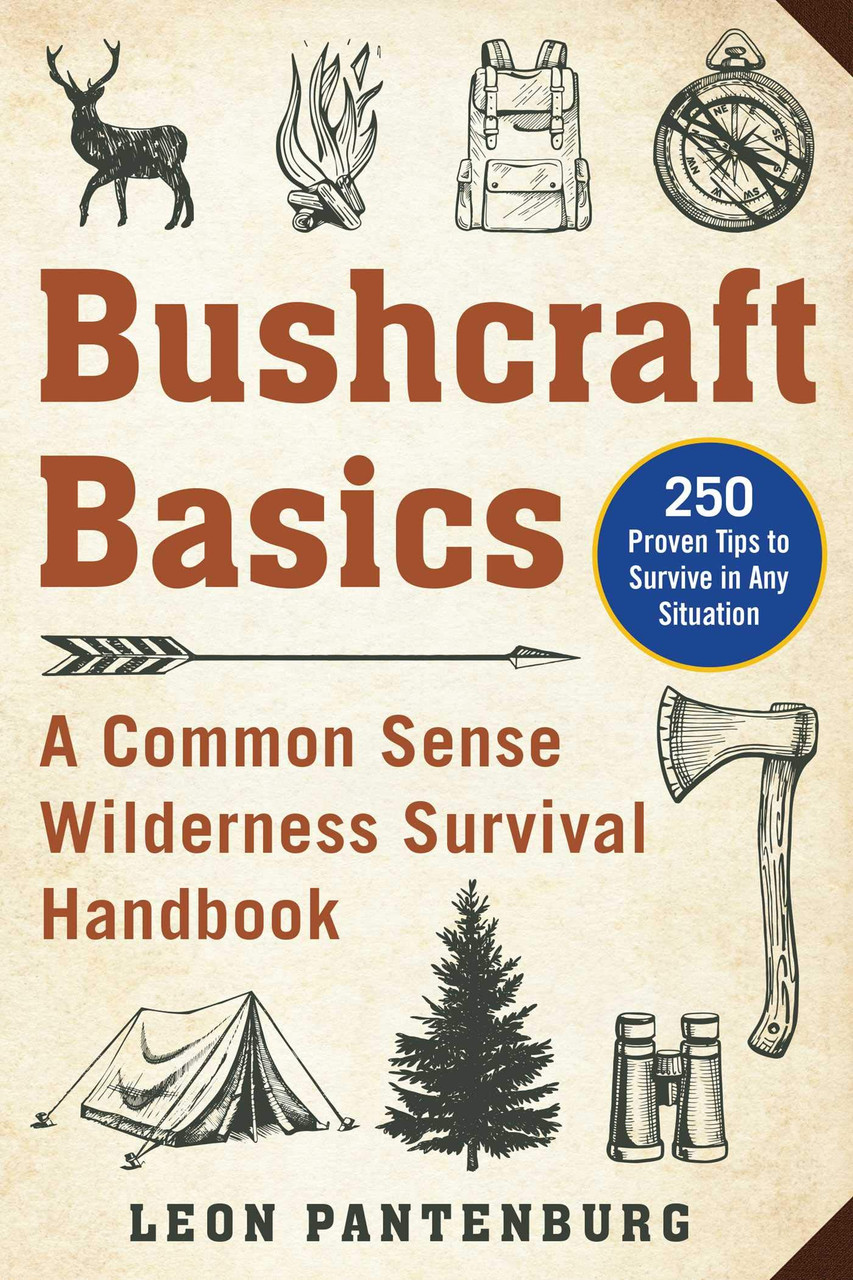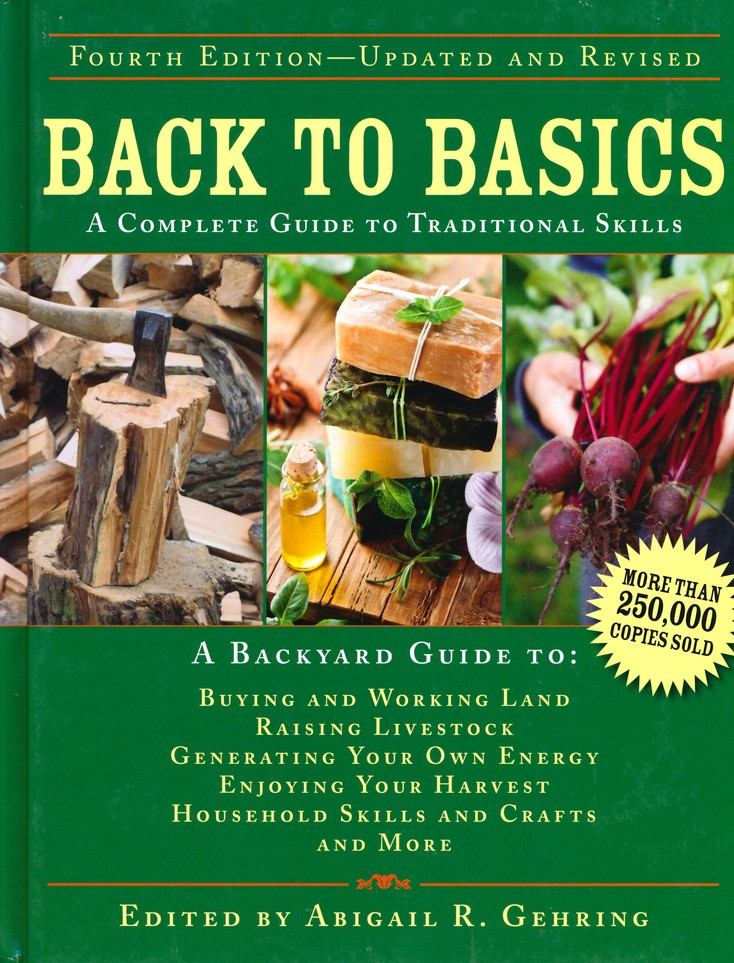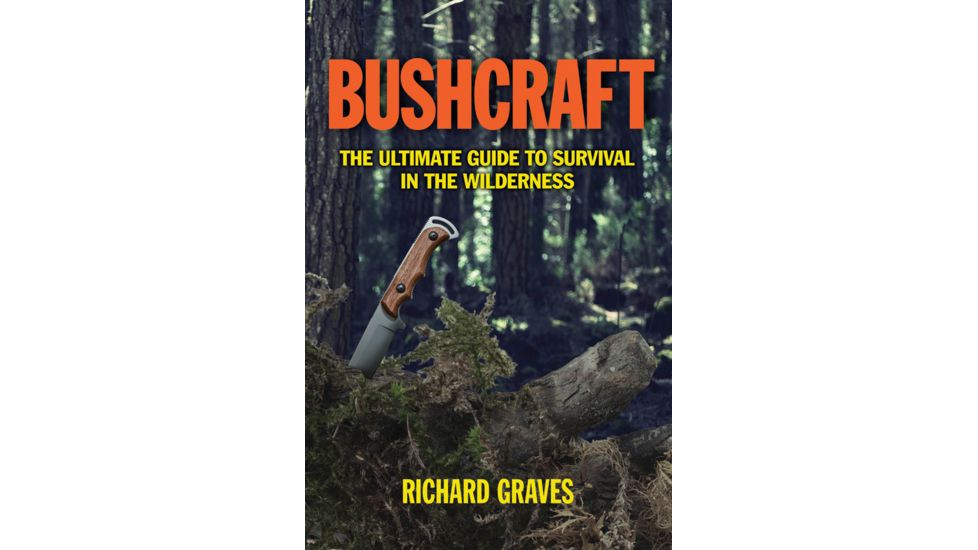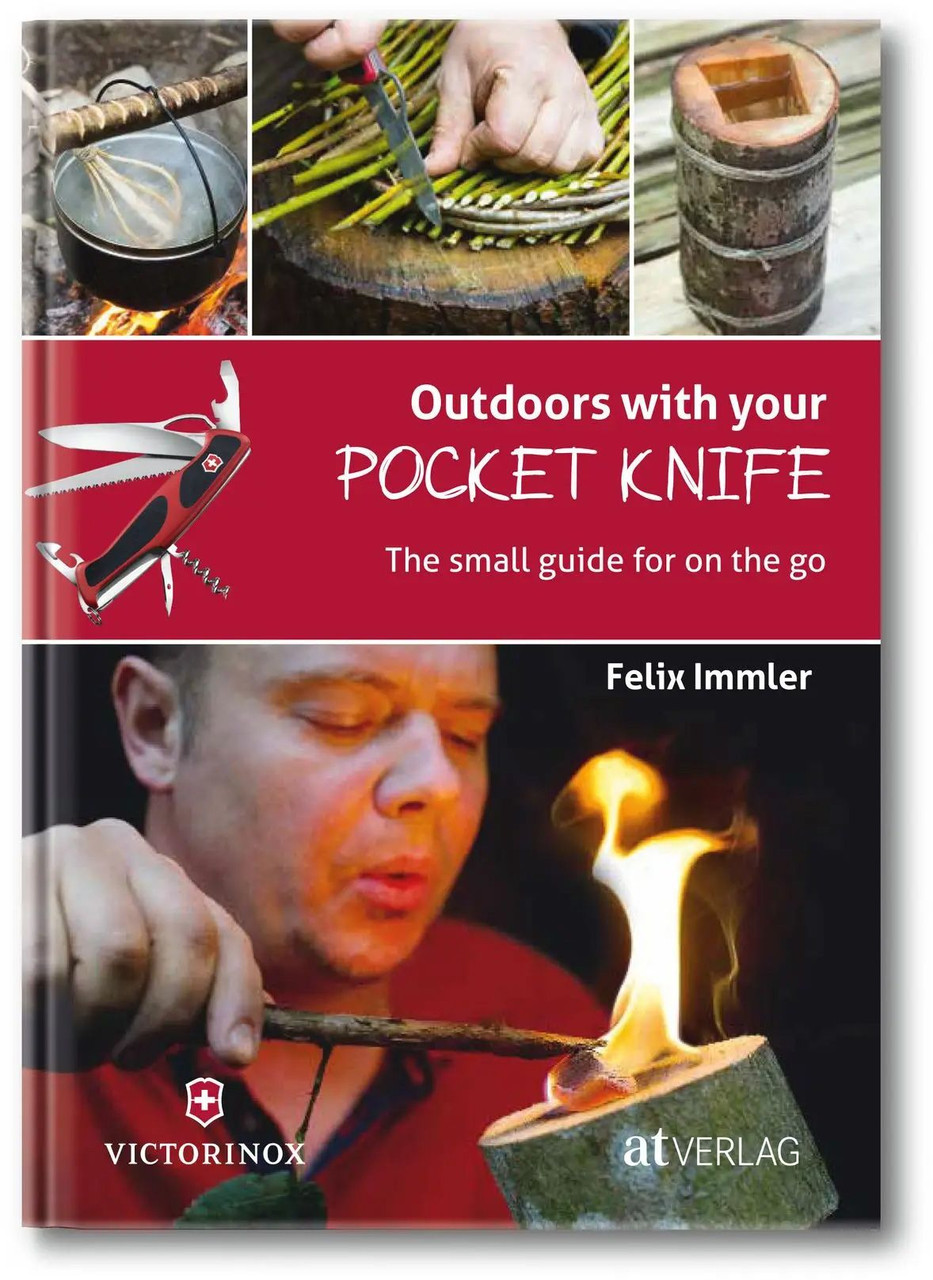Additional information
| upc |
|---|
| Settings | The Trapper's Bible remove | Bushcraft Basics: A Common Sense Wilderness Survival Handbook remove | Back to Basics remove | Projects To Get You Off The Grid remove | Bushcraft -The Ultimate Guide To Survival In The Wilderness remove | Outdoors Pocket Knife Book remove | ||||||||||||||||||
|---|---|---|---|---|---|---|---|---|---|---|---|---|---|---|---|---|---|---|---|---|---|---|---|---|
| Name | The Trapper's Bible remove | Bushcraft Basics: A Common Sense Wilderness Survival Handbook remove | Back to Basics remove | Projects To Get You Off The Grid remove | Bushcraft -The Ultimate Guide To Survival In The Wilderness remove | Outdoors Pocket Knife Book remove | ||||||||||||||||||
| Image |  |  |  |  |  |  | ||||||||||||||||||
| SKU | 6808559 | 6875191 | 6814369 | 6873845 | 6887361 | 6802088 | ||||||||||||||||||
| Rating | ||||||||||||||||||||||||
| Price | $14.95 | $14.99 | $27.95 | $17.99 | $16.95 | $29.99 | ||||||||||||||||||
| Stock | 1 in stock | 1 in stock | 1 in stock | |||||||||||||||||||||
| Availability | 1 in stock | 1 in stock | 1 in stock | |||||||||||||||||||||
| Add to cart | ||||||||||||||||||||||||
| Description | ||||||||||||||||||||||||
| Content | In Bushcraft Survival, Pantenburg delivers practical tips and anecdotes that cater to readers who are looking to improve their outdoor skills and prepare for every potential disaster. Drawing from his personal experience as an avid outdoorsman and years as a journalist, Pantenburg lays out easy-to-follow steps to prep for both short and long-term survival situations.
| Over 200,000 copies sold—fully updated! Dye your own wool, raise chickens, make your own cheddar cheese, build a log cabin, and much much more. | Illustrated with full-color photographs accompanying easy-to-follow instructions, this unique collection utilizes the best that the online community has to offer, a mammoth database churning out ideas to make life better, easier, and, in this case, greener.
| Many have died in the Australian bush who might have lived had they known the appropriate survival skills. Bushcraft covers all areas of survival and camping activities: making ropes and cords, building huts, camp craft, finding food and water, making maps, starting fires, tying knots, and fashioning hunting and trapping gear virtually every technique required to stay alive in the woods. With over 400 black-and-white illustrations and photographs, this book explains how to make use of natural materials found locally in any area, conserving instead of destroying native Flora and fauna. It describes many of the skills used by primitive man, adding to these the skills necessary for modern man's survival, such as methods for determining time and direction. By developing adaptability and honing the five senses, it will also improve your self-esteem and your ability to overcome difficulties in everyday tasks. Bushcraft is a clear, accurate, and reliable resource for anyone who wishes to face nature on its own terms with just a knife and this book. | With a Swiss Army Knife in your pocket and a copy of "Outdoors with Your Pocket Knife" in your pack, you have everything you need to create a fun, safe, and adventurous wilderness camp. This compact, comprehensive guide shows you how to develop your outdoor skills with simple, clear instructions. From ideas on how to use natural materials to carve cutlery and bowls, to tips on weaving your own plates, this is the ultimate manual for self-sufficiency and survival skills. It even offers suggestions for cooking over a fire, featuring ingenious recipes like chicken roasted on a water-operated grill skewer. With engaging activities for all ages, essential safety rules, and knife application techniques, everyone who is wild at heart should have a copy of this book. | |||||||||||||||||||
| Weight | N/A | 0.1700971386 kg | N/A | 0.1700971386 kg | 0.1700971386 kg | N/A | ||||||||||||||||||
| Dimensions | N/A | N/A | N/A | N/A | N/A | N/A | ||||||||||||||||||
| Additional information |
|
|
|
|
|
|